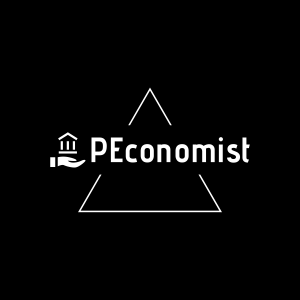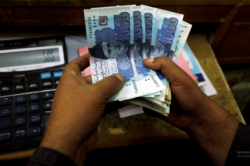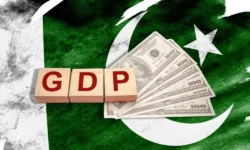Key Differences between CPEC and SIFC

Every day, we come across numerous discussions about Pakistan’s ongoing economic recovery driven by various economic projects, both domestic and international. Some self-proclaimed economic analysts repeatedly offer negative assessments, which sow doubt about Pakistan’s ability to overcome economic challenges. Recently, there’s been talk about the China-Pakistan Economic Corridor (CPEC), a significant project initiated a decade ago, being mirrored by a new initiative called the Special Investment Facilitation Council (SIFC). Let’s look at the key differences between #CPEC and SIFC to gain a better understanding of these projects. It is important to note #SIFC has four primary objectives: enhancing investor confidence, expeditious decision-making on critical investment matters, better coordination between federal and provincial governments, and expediting action on developmental projects. Furthermore, SIFC aims to consolidate civilian and military expertise to instill trust in both local and foreign investors. CPEC is a mutual development and infrastructure project between Pakistan and #China, focusing on economic and geostrategic relations between both nations. On the other hand, SIFC has been structured to promote investments across various sectors with multiple countries simultaneously. CPEC primarily focuses on infrastructure development, and most of the work is carried out through the relevant ministries of both countries. On the other hand, SIFC has established a centralized National Council for attracting foreign investments to #Pakistan, involving various federal and provincial entities and also includes military leadership, ensuring the ability to promote investments in Pakistan. The scope of CPEC is mainly related to infrastructure projects in line with the Belt and Road Initiative (#BRI). In contrast, SIFC encompasses a broader spectrum, including various sectors like IT, minerals, #agriculture, energy, and #defense production. Its aim is to attract foreign investment from friendly nations, promoting investment in Pakistan, ensuring all stakeholders benefit from this investment. SIFC does not just focus on foreign investment but also includes domestic investors, extending the opportunity to local and small businesses, entrepreneurs, and startups to reap the benefits, contributing to Pakistan’s economic growth. The CPEC project is primarily debt-driven, whereas SIFC is a national initiative focused on equity investments. Suggesting that if a significant project like CPEC was already in progress, it’s incorrect to assume that another substantial strategic project like SIFC cannot be efficiently managed. Globally, both developed and developing nations often undertake multiple large-scale projects concurrently to maximize their country’s economic benefits. Like Pakistan, many other countries are pursuing similar projects. For example, Singapore has successfully attracted foreign investment through the Singapore Economic Development Board. India is actively promoting foreign investment through its National Investment Promotion and Facilitation Agency. China has the Council for the Promotion of International Trade, and South Korea has the Korea Trade Investment Promotion Agency, while Australia operates the Trade and Investment Commission. These agencies serve the same purpose of promoting economic growth through investment, just as SIFC aims to do in Pakistan.
https://twitter.com/peconomist_/status/1713606839860899849?s=19








